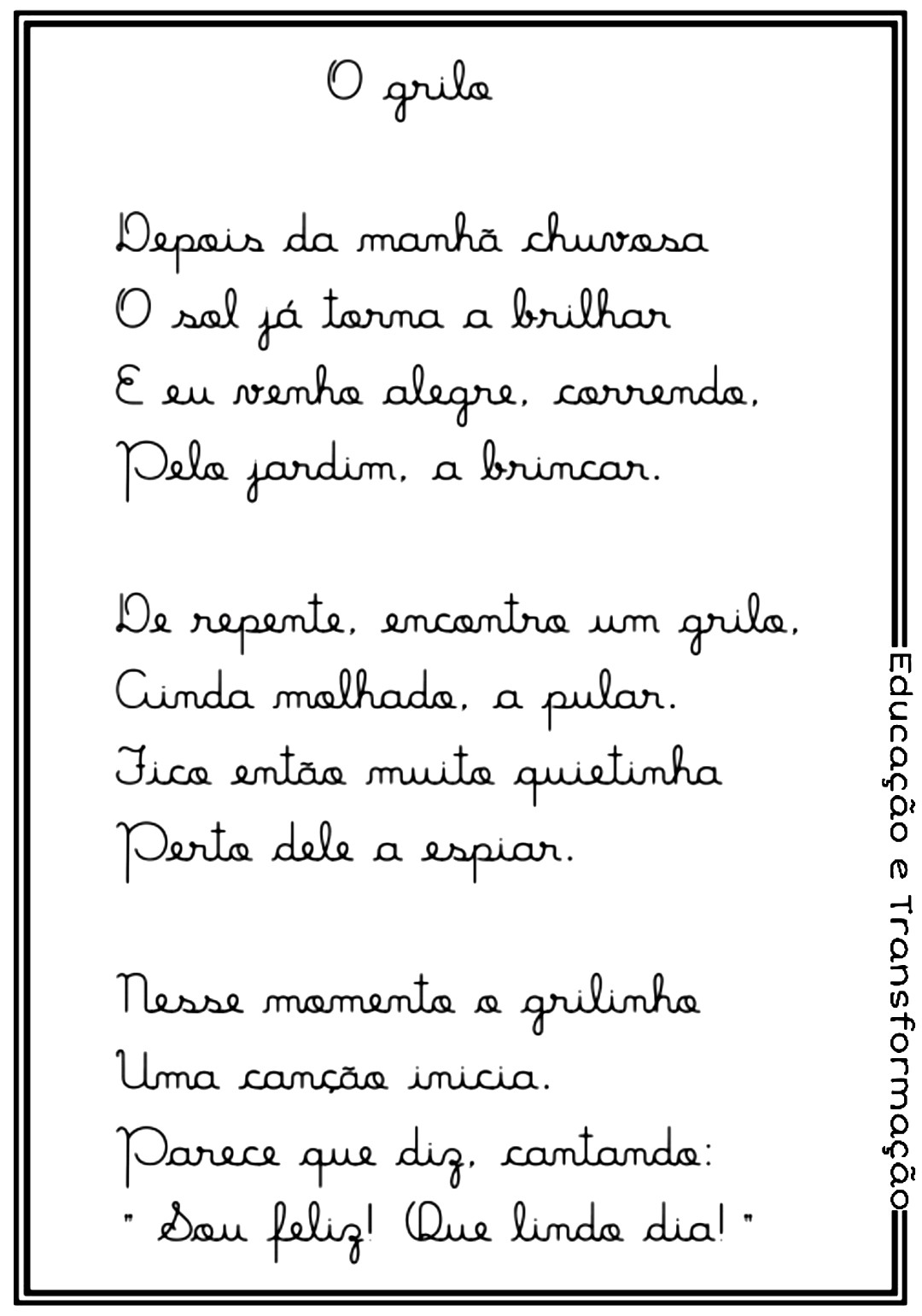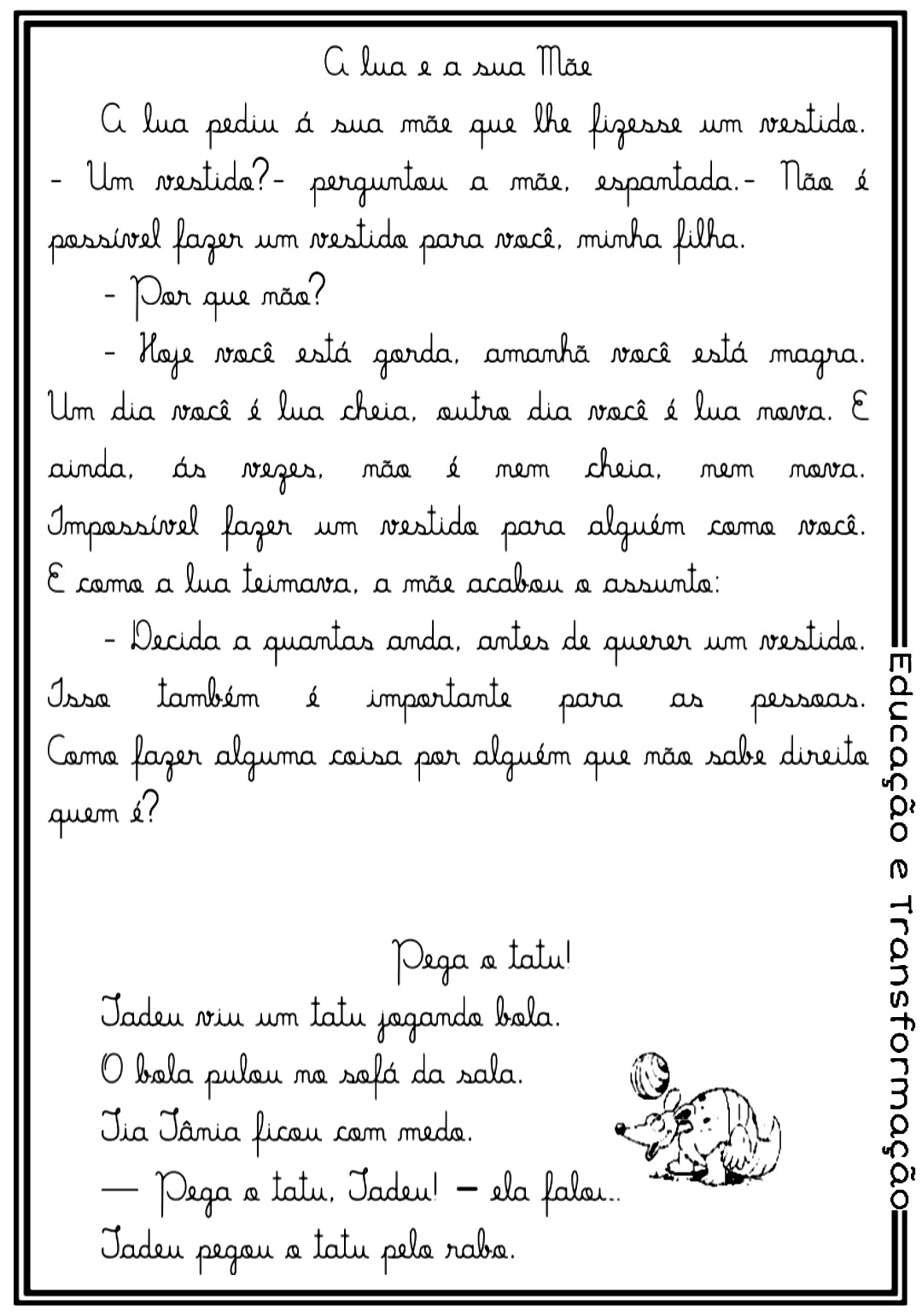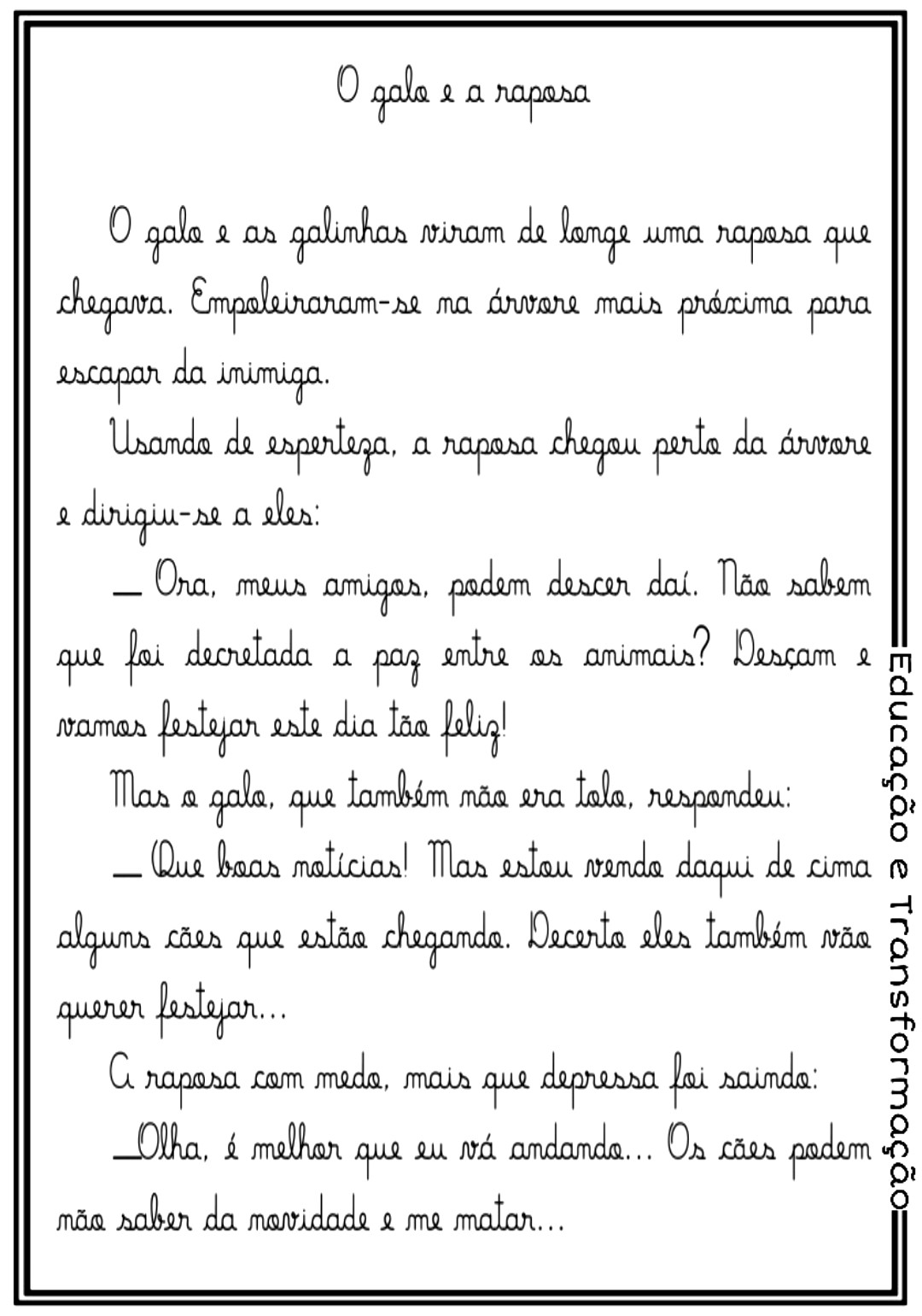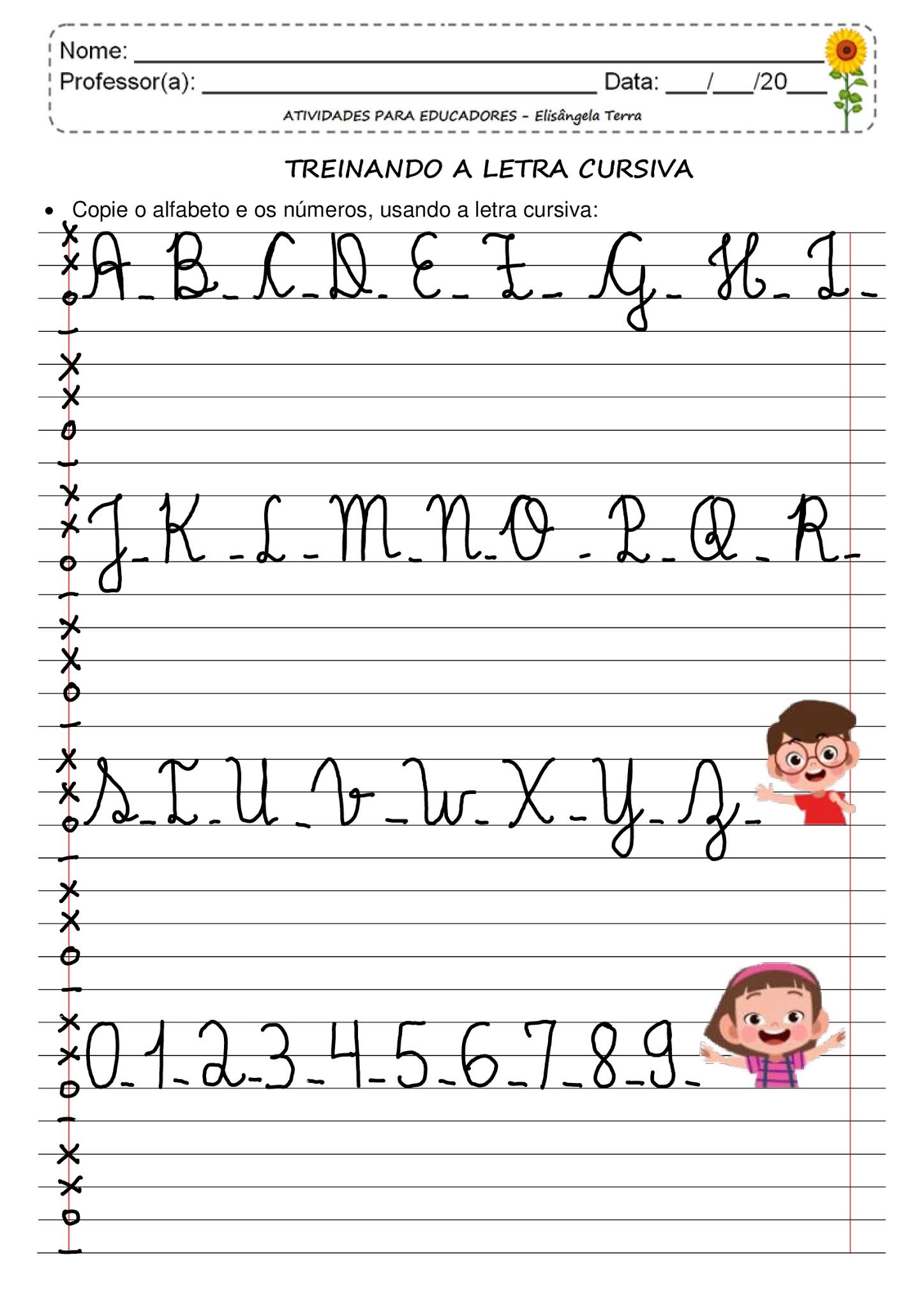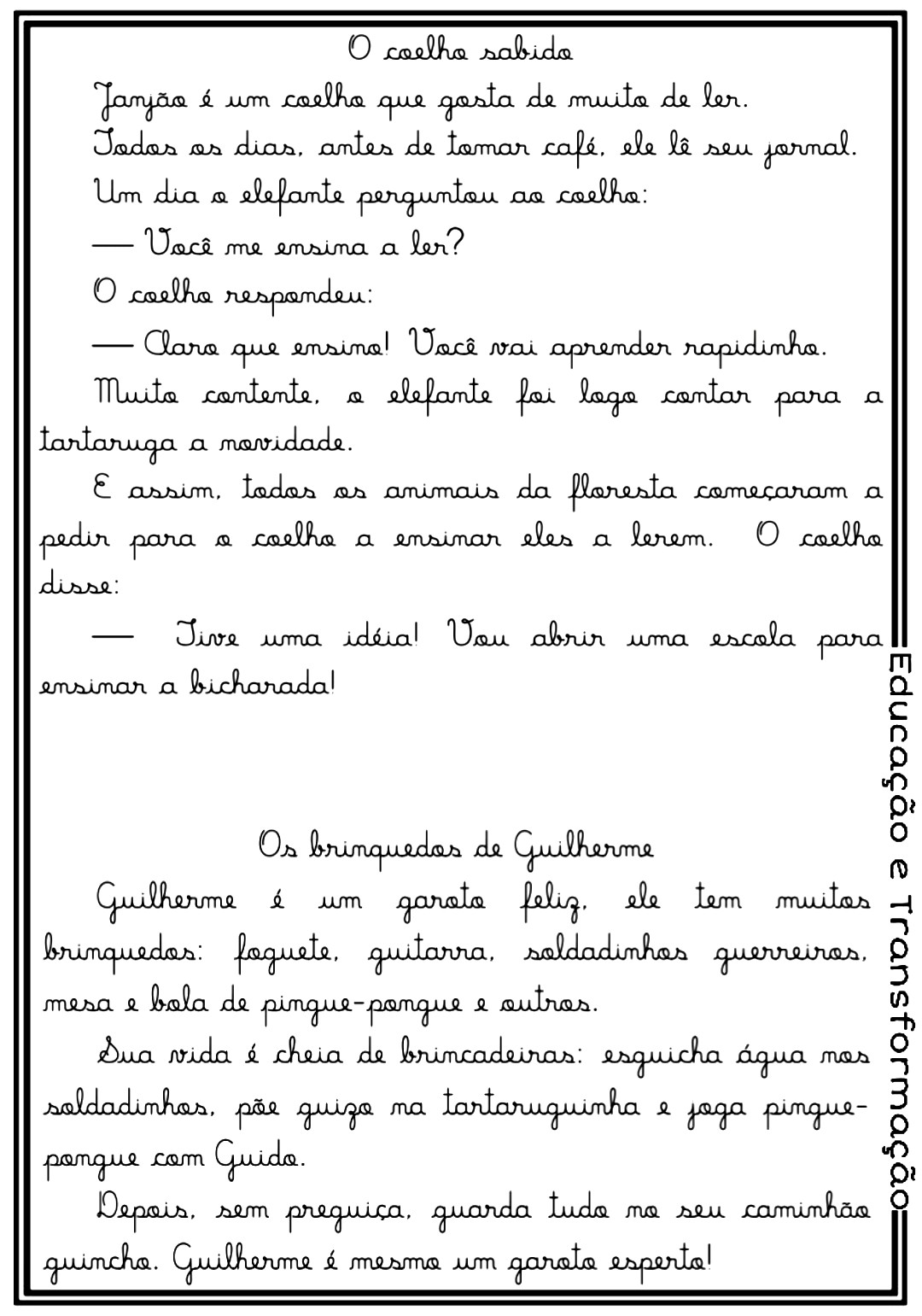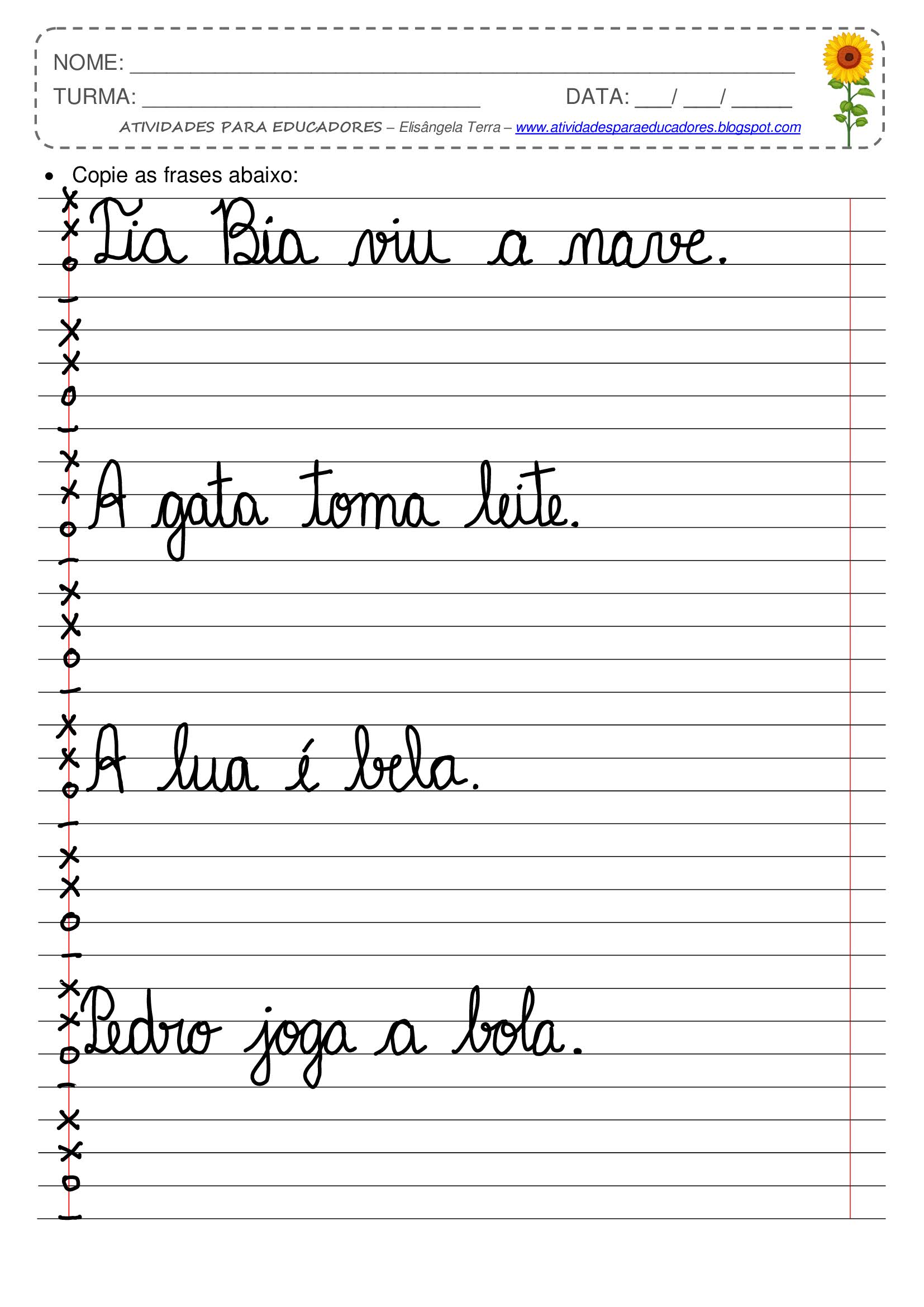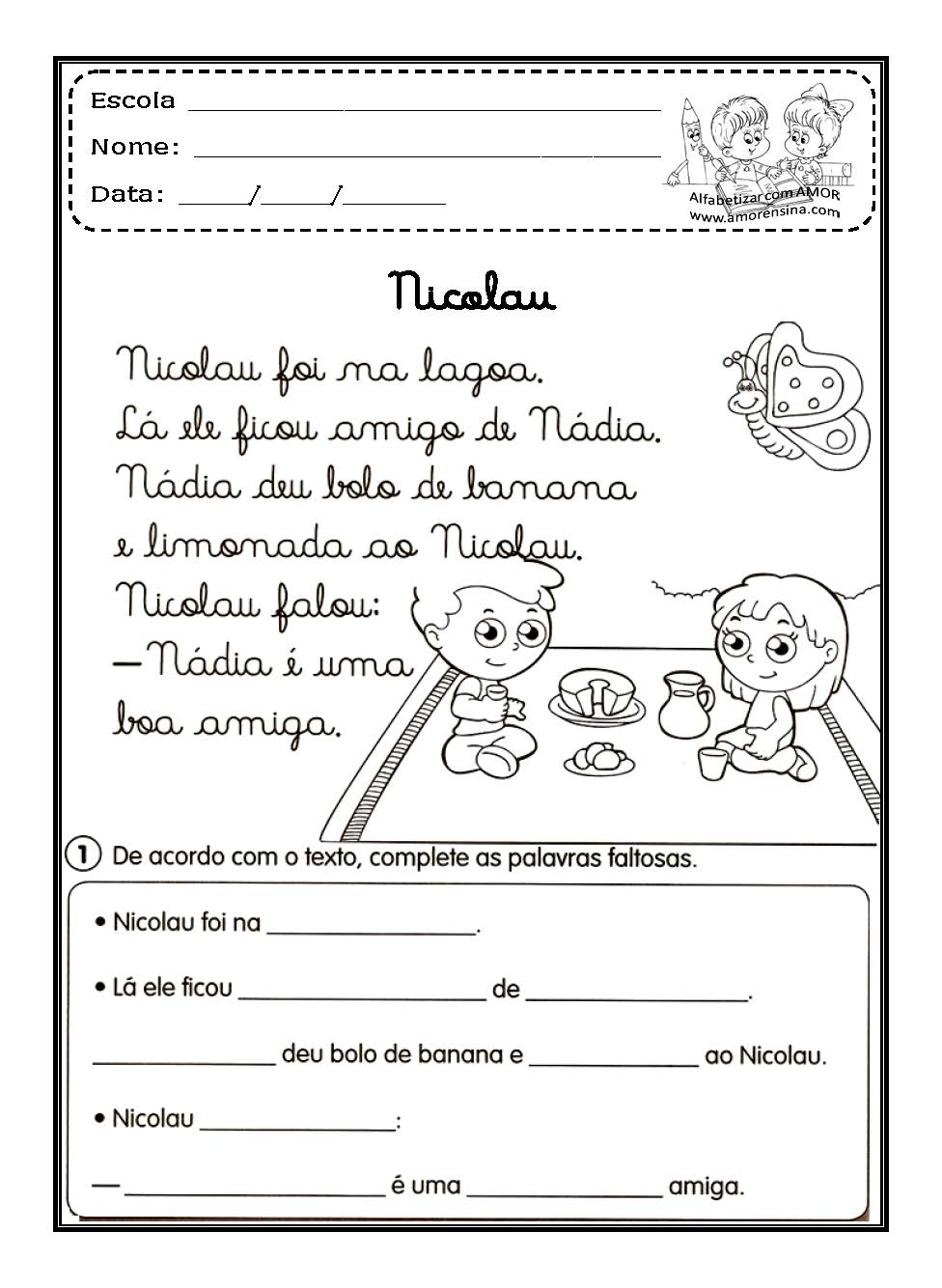Unlocking Literacy: The Power of Cursive Writing for Young Learners
The world of education is constantly evolving, with new methodologies and approaches emerging to enhance the learning experience. However, some traditional practices continue to hold relevance, sparking debates about their place in the modern classroom. Cursive writing, often considered an art form from a bygone era, is one such practice. While the digital age reigns supreme, the question remains: does teaching cursive writing to young learners, particularly those in their first year of formal education, still hold value?
Imagine a first-grader meticulously forming each letter of their name, their tongue peeking out in concentration. This intricate dance of hand movements, connecting loops and strokes, is more than just aesthetically pleasing penmanship; it’s a fundamental building block in a child’s literacy journey. Cursive writing, often introduced in the early years of schooling, lays the foundation for fluent handwriting, spelling accuracy, and even cognitive development. But how exactly does this seemingly simple act of joining letters together impact a child's learning process, and what challenges do educators face in teaching and preserving this age-old skill?
Throughout history, cursive writing has been more than just a means of communication; it represented knowledge, sophistication, and even social standing. From ancient manuscripts to elegant calligraphy, the evolution of cursive script reflects the changing tides of civilization itself. But as technology rapidly advances, the relevance of cursive writing in the 21st century is a subject of much debate. Some argue that its practical application is diminishing in a world dominated by keyboards and touchscreens. Others staunchly advocate for its cognitive and motor skill benefits, emphasizing its contribution to brain development and fine motor control.
The crux of the issue lies in understanding the multifaceted implications of cursive writing for young learners. It's not merely about aesthetics or tradition; it's about equipping children with a skill set that transcends the physical act of writing. Studies have shown a strong correlation between cursive writing and improved letter recognition, spelling, and reading comprehension. The interconnected nature of cursive letters encourages children to process words holistically rather than as a series of disjointed letters, enhancing their ability to decode and comprehend written language.
Furthermore, the process of learning cursive stimulates brain activity in areas responsible for language, memory, and motor skills. The physical act of writing in cursive strengthens fine motor control, hand-eye coordination, and spatial awareness, skills that extend beyond writing and prove beneficial in various other areas of a child's life. However, teaching cursive writing in today's digital age presents unique challenges. Time constraints, a greater emphasis on technology-based learning, and the perceived obsolescence of cursive in a digital world are just a few hurdles educators face.
Advantages and Disadvantages of Teaching Cursive
Let's delve deeper into the advantages and disadvantages of teaching cursive:
| Advantages | Disadvantages |
|---|---|
| Improved letter recognition and spelling | Time-consuming to teach and learn |
| Enhanced reading fluency and comprehension | Perceived as less relevant in the digital age |
| Development of fine motor skills and hand-eye coordination | Can be challenging for children with learning disabilities |
| Stimulates brain activity and cognitive development | Limited resources and support materials available |
| Preserves a traditional skill and art form | May not be prioritized in modern curriculum |
While the debate surrounding cursive writing continues, understanding its potential benefits and addressing the challenges associated with its instruction is crucial. By equipping educators with the right tools and resources and fostering a supportive learning environment, we can empower young learners with this valuable skill, bridging the gap between traditional learning and the demands of the digital world.
Unlocking access your guide to authorization letters
Unlocking the power of buenas noches hasta manana que descanses a guide to saying goodnight in spanish
Remembering loved ones robson funeral home obituaries in garden city ks

